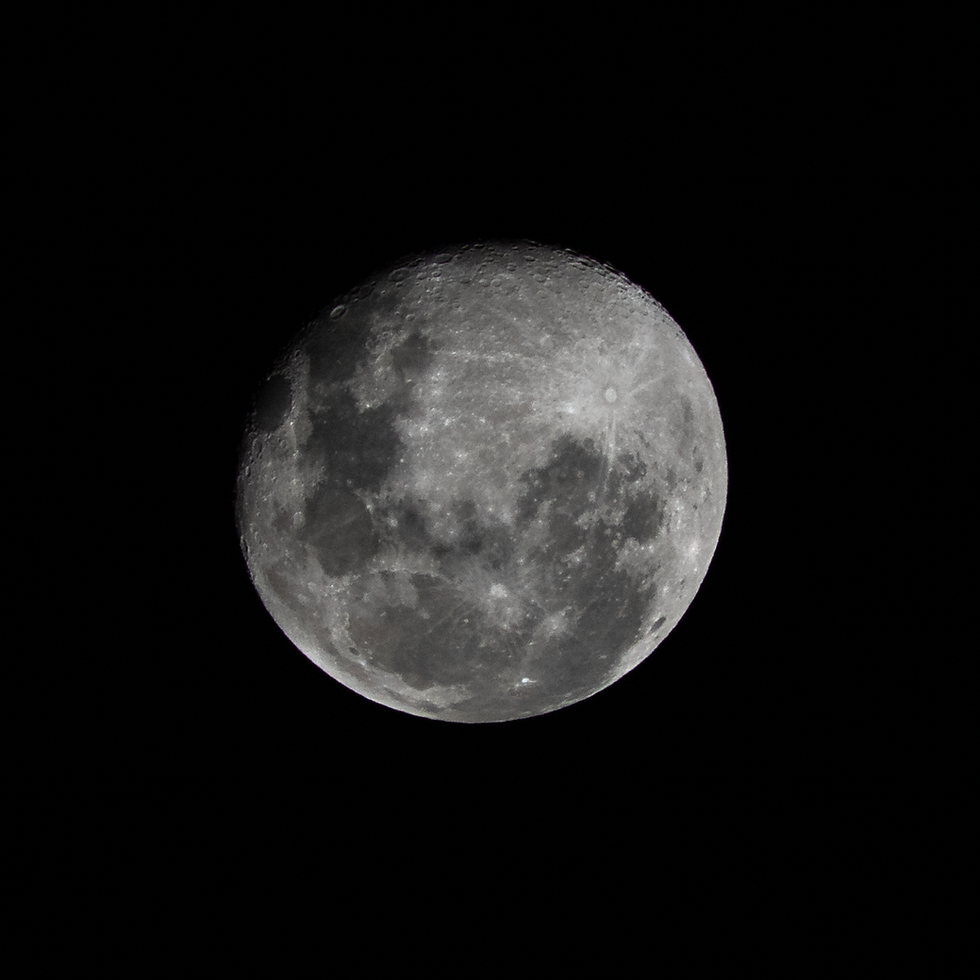Demystifying the crop factor
- Paul Farris

- Apr 2, 2024
- 3 min read
In the world of digital photography there are a few terms and concepts that can be particularly daunting when you are first starting out, one of them is the crop factor.
So let's take a look into what the crop factor means and how it may influence your photography.
What is the Crop Factor?
Unlike with a traditional camera that required film, digital cameras use a sensor to record light, the size of the sensor will vary according to the type of camera. The crop factor is a term that is used to describe how the size of the sensor affects the field of view of a lens and is relevant when comparing cameras with different sensor sizes, such as Full-frame, APS-C, or Micro Four Thirds sensors.
Making sense of the numbers
This is where it can get confusing... The crop factor is expressed as a ratio, comparing the size of the camera's sensor to that of a full-frame sensor. Cameras that use APS-C sensors typically have a crop factor of 1.5 to 1.6, whereas Micro Four Thirds sensors have a crop factor of 2. In layman's terms, the smaller the sensor, the larger the crop factor.
How does this affect my photography?
Imagine you have two cameras, one with a full-frame sensor and another with a smaller APS-C sensor. Now, let's say you attach the same lens to both cameras.
Due to the difference in sensor sizes, the camera with the APS-C sensor will capture less because of the crop, the result of this is a narrower field of view compared to the full-frame camera. Think of it a bit like zooming in slightly, even though the lens remains the same (see below images.)


Full frame sensor Cropped sensor
Practical Implications
So because the crop factor affects the field of view, understanding the crop factor can help you make an informed decisions when buying either a new camera or lenses. For example if your style of photography requires long telephoto lenses (such as bird photography) then a cropped sensor camera could be an advantage as the cropped image will "get you closer" as you can see in the example images above. However if you require a wide angle of view (for example, landscape or architecture photography), then a full frame camera will give you a wider field of view as there is no crop. The crop factor will also have an affect on depth of field, with smaller sensors producing a deeper depth of field compared to full-frame sensors where the depth of field will be shallower at the same aperture.
Still confused, you are not alone!
The crop factor can be a really tricky one to understand, so if you're still not sure you've grasped it then I would highly recommend watching my video on the subject.
Here's a handy guide to help you check the crop factor of your camera. Full frame DSLR and mirrorless cameras (no crop)
Nikon FX and Z mountCanon EF and R mount
Sony (varies - check with dealer)
Pentax K1
Leica M9
APSC DSLR and Mirrorless cameras (CROP FACTOR of 1.5) Nikon (DX mount or
Pentax K mount
Sony (varies - check with dealer)
Sigma
Fujifilm X mount
Samsung NX
Minolta APSC DSLR and Mirrorless cameras (CROP FACTOR of 1.6)
All Canon APSC DSLR cameras
All Canon APSC mirrorless RF-S mount cameras Micro four thirds cameras (CROP FACTOR of 2)
Olympus
Panasonic
Thanks for supporting Photo Genius - want to learn more, visit the Learn Page.


